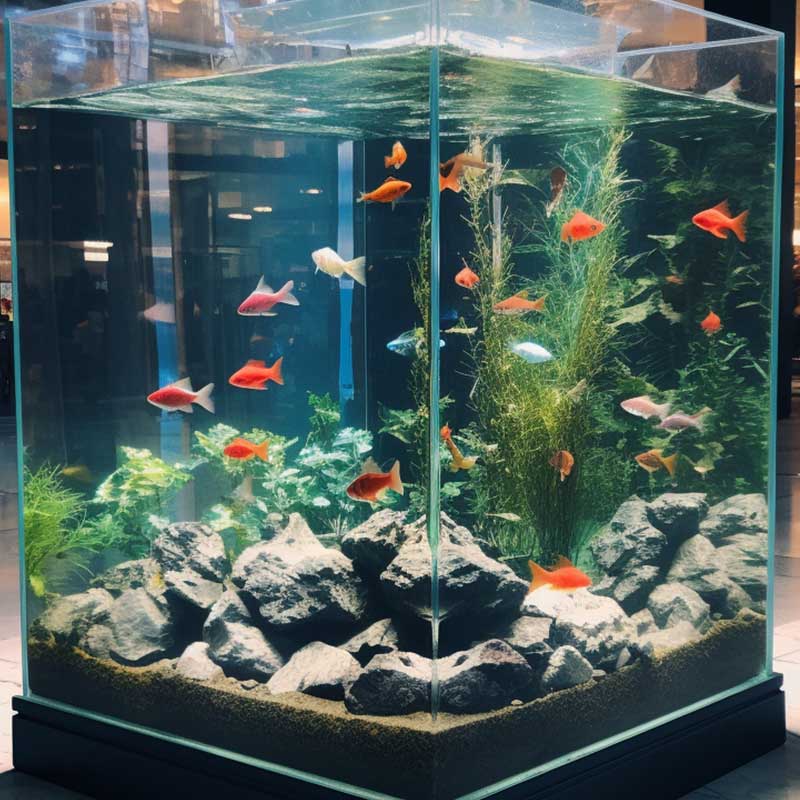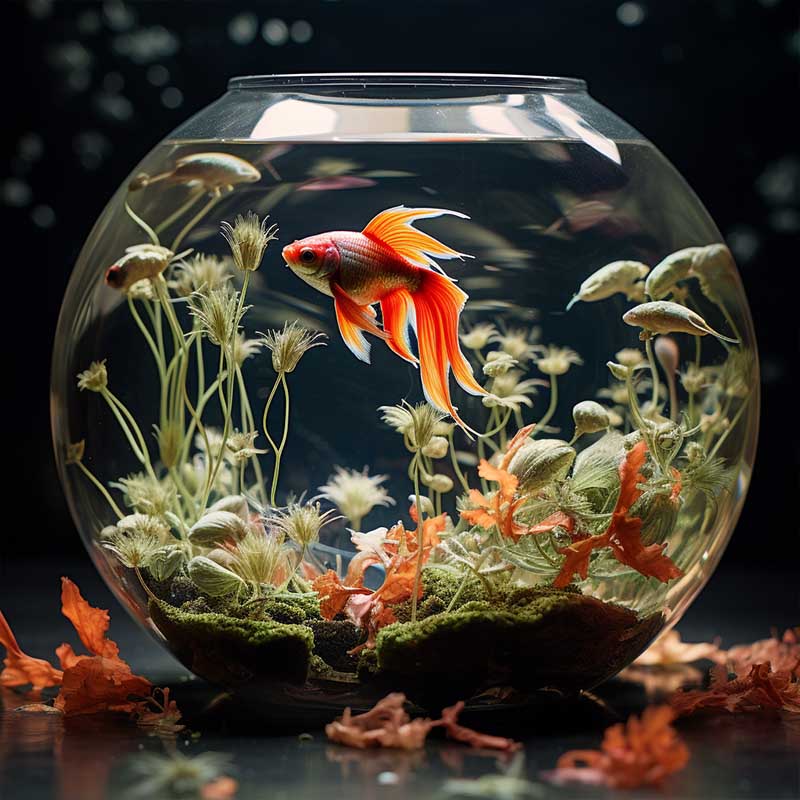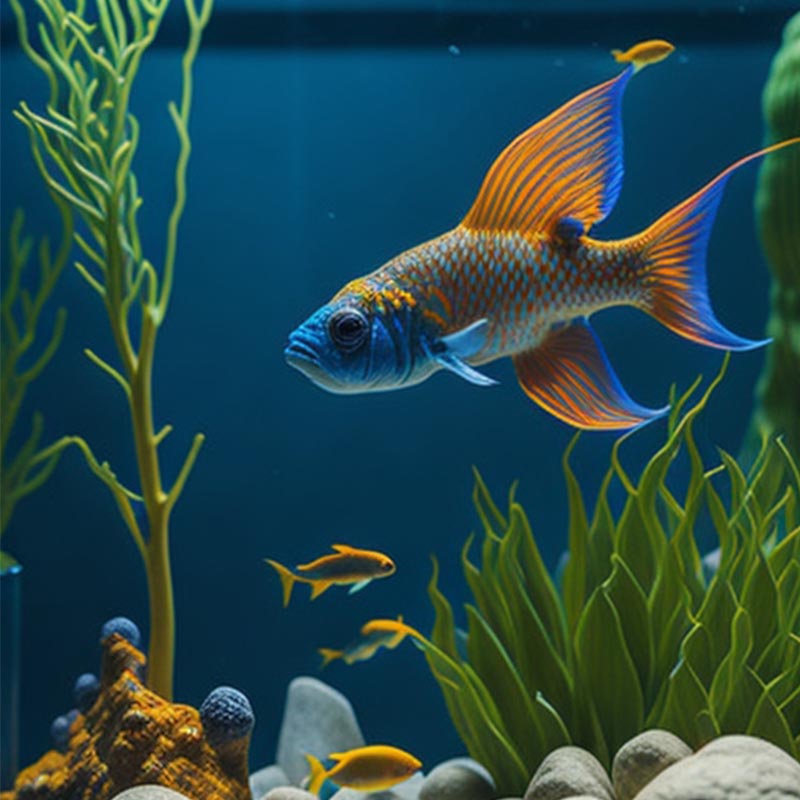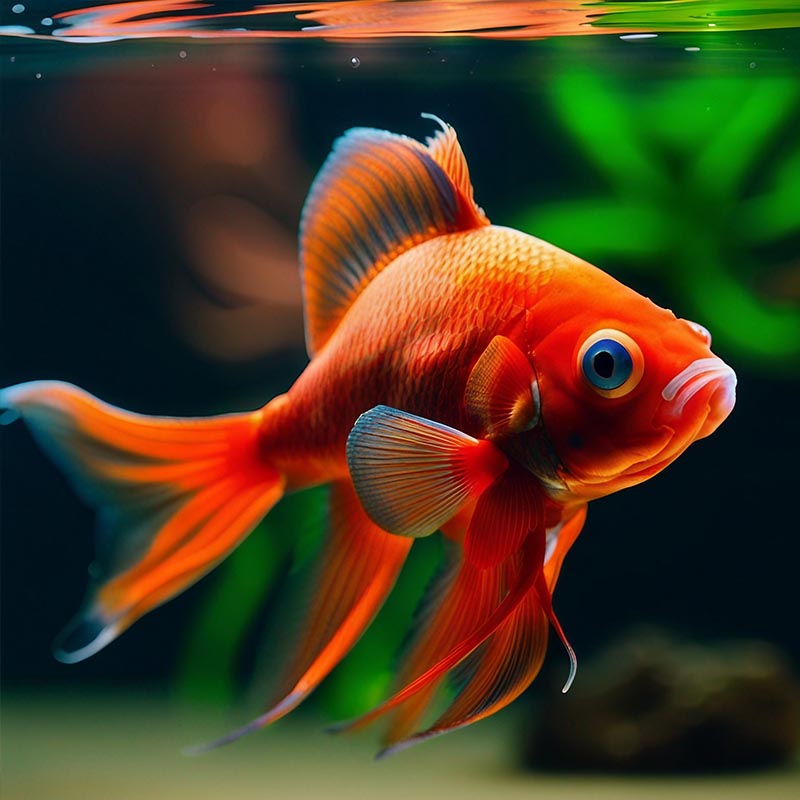info@petprintstudio.com
How to Care For a Pet Fish

Having a pet fish can be a rewarding and enjoyable experience. Fish make for beautiful and low-maintenance pets, but they still require proper care to thrive in their aquatic environment. In this article, we will guide you through the essential steps to care for your pet fish and ensure their well-being.

Setting Up the Aquarium

Before bringing home your pet fish, it’s crucial to create a suitable and comfortable environment for them. Here are the steps to set up an aquarium:
Aquarium Selection
Choose an appropriately sized aquarium based on the number and type of fish you plan to keep. Consider factors such as space availability, filtration requirements, and the type of fish you wish to keep.
Aquarium Location
Find a suitable location in your home for the aquarium. Ensure it is away from direct sunlight, drafts, and high-traffic areas. Stability and a consistent temperature are key for the well-being of your fish.
Equipment and Supplies
Gather the necessary equipment, including a filtration system, heater (if needed), lighting, substrate, decorations, and water conditioner. These items will contribute to maintaining a healthy and safe environment for your fish.
Aquarium Setup
Clean the aquarium thoroughly, rinse the substrate, and position decorations before adding water. Install the filtration system, heater, and lighting according to the manufacturer’s instructions. Condition the water to remove harmful chemicals and establish a balanced ecosystem.
Water Quality and Maintenance

Maintaining clean and chemically balanced water is crucial for the health and well-being of your fish. Here’s how to ensure good water quality:
Water Parameters
Regularly test the water for temperature, pH level, ammonia, nitrite, and nitrate levels. Maintain stable water parameters within the suitable ranges for your specific fish species.
Water Changes
Perform regular partial water changes to remove accumulated toxins and maintain water quality. Aim for replacing about 10-25% of the aquarium water every one to two weeks.
Filtration System
Install a proper filtration system to keep the water clean and clear of debris. Clean or replace filter media as needed, following the manufacturer’s guidelines.
Aquarium Cleaning
Regularly clean the aquarium glass, decorations, and substrate to remove algae, debris, and waste. Avoid using chemical cleaners and opt for algae scrapers and siphons specifically designed for aquarium use.
Feeding and Nutrition

Providing a balanced and appropriate diet is essential for the overall health and vitality of your pet fish. Here are some feeding guidelines:
Fish Diet
Research the dietary requirements of your fish species. Some fish eat flakes or pellets, while others require live or frozen food. Offer a varied diet to ensure essential nutrients are provided.
Feeding Schedule
Establish a regular feeding schedule to avoid overfeeding or underfeeding. Feed your fish small portions once or twice a day, monitoring their consumption. Remove any uneaten food promptly to prevent water contamination.
Nutritional Supplements
Consult with a knowledgeable fish expert or veterinarian to determine if any additional supplements, such as vitamins or minerals, are necessary for your specific fish species.
Fish Health and Care

To maintain the health of your pet fish, it’s important to monitor their behavior and address any signs of illness promptly. Consider the following:
Observing Behavior
Regularly observe your fish for any unusual behavior, such as changes in appetite, swimming patterns, or appearance. Monitor water quality and parameters to detect potential issues.
Quarantine and Acclimation
When introducing new fish to the aquarium, quarantine them in a separate tank for a few weeks to prevent the spread of diseases. Properly acclimate new fish to the water conditions of the main tank to minimize stress.
Disease Treatment
If you notice signs of illness, consult with an aquatic veterinarian or a fish expert to identify and treat the disease. Isolate the affected fish to prevent the spread of infection.
Conclusion
Caring for a pet fish involves creating a suitable environment, maintaining good water quality, providing proper nutrition, and monitoring their health. By following the guidelines outlined in this article, you can ensure a thriving and happy life for your aquatic companion. Remember, a well-cared-for fish can bring beauty and serenity to your home for years to come.

